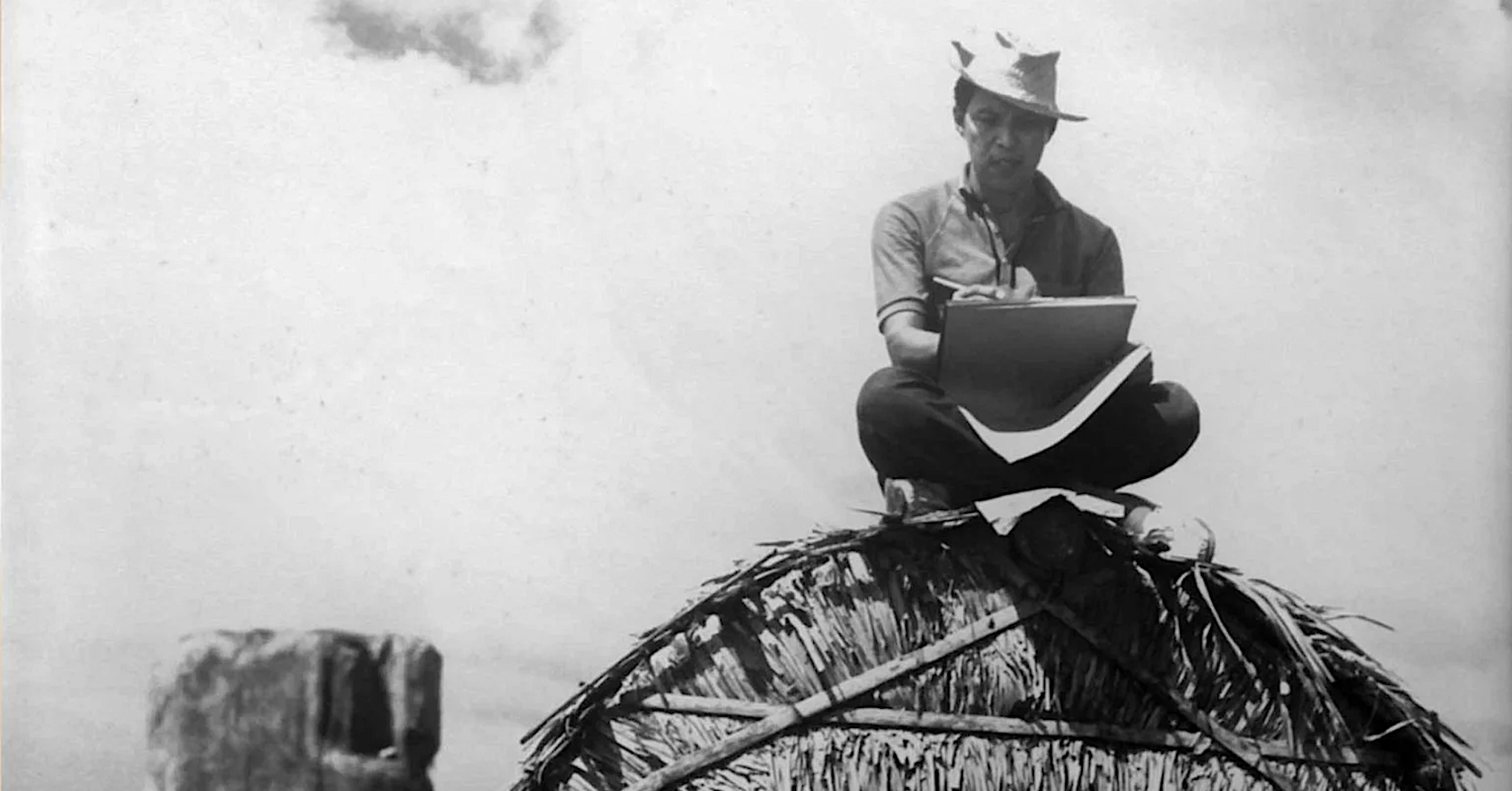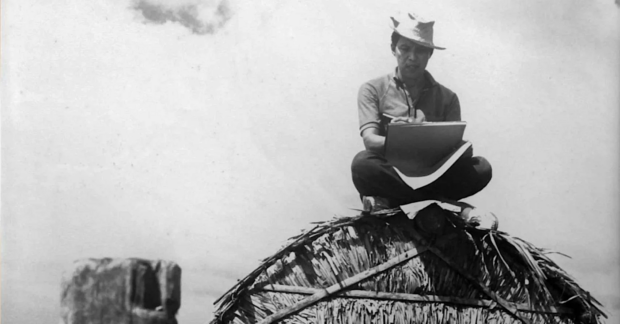In two weeks, we’ll embark once again on our annual May Measurement Month (MMM) blood pressure (BP) mass screening. MMM is a monthlong campaign to increase public awareness on high BP. It is participated in by more than 100 countries worldwide, and the Philippines is one of the global leaders in this initiative spearheaded by the International Society of Hypertension (ISH).
The Philippine Society of Hypertension (PSH), along with the Department of Health, Department of Education and more than 20 other medical organizations are collaborating in this project, which is part of a long-term plan to help save 30,000 Filipinos annually from hypertension-related complications.
Last year, the Philippines was the top contributor to the campaign in terms of screened individuals—contributing 272,000 people or 22 percent of the total global pooled data of 1.2 million. The global data has been analyzed and will be published soon in a leading international journal. Hopefully it can provide new information and insights to guide health officials in BP control programs.
Lifestyle changes
Although we generally included only adults 18 years old and older in the screening, parents who came for screening also had their young children’s BP taken, and were surprised to find out that some of them already had high BP. Normally, a 10-12 year old would have a BP of around 115/75 mmHg. But last year, we were able to identify some children and adolescents with BP of 130/80 mmHg, or higher even after resting. For children, this BP level is already high.
We don’t want to start these children immediately on antihypertensive medicines, but definitely, they have to be reoriented on what lifestyle changes they need to make. In this day and age of salty, processed food and other fast-food fare, along with an unhealthy preoccupation with gadgets that limits their physical activity and makes them overweight, there’s really an increased risk for higher BP in our younger population.
Just imagine what will happen to our adult population in the future if the BP of our youth is already high. We’ll have a workforce less physically fit and with more physical disability due to premature strokes and heart attacks.
This is not a remote possibility. A few months ago, we admitted a 22-year-old new graduate with an acute coronary syndrome or heart attack. Our best bet to prevent this scenario is to control the risk factors of premature deaths and disability, of which high BP is the leading cause.
We encourage doctors, nurses, health advocates and people who know how to check BP with available devices to participate in the MMM 2018 campaign and help by conducting screening sites in their communities. There is no financial remuneration for the effort, but it will be recognized by a certificate of participation from the International Society of Hypertension and Philippine Society of Hypertension.
For those who can transmit complete data for 500 screened individuals for May, an Omron digital BP device will be given.
Conducting your own MMM
For detailed instructions, visit maymeasure.com. It contains everything we need to know on how to conduct MMM: how to organize an MMM site; how to manage our sites; how to use the special app to gather the data and transmit it (if WiFi is available) to our central data pool in London. Incidentally, the names, initials or any identifying data of all screened individuals will not be included in the transmitted data to protect their privacy.
If WiFi is not available, we have prepared an Excel form (available also in the website) which can be used to record data manually using computers, laptops and iPads.
Data identification
Since this is a concerted global undertaking, we must indicate our site identification (ID)—country code (PH 63), area code, and whether urban (U) or rural (R) area. So, in Metro Manila, the site ID is Ph 63-2-U. Identifying our site is important since we’ll be separately analyzing our local data, and trying to gather as much information as we can from them to guide us and our health officials in our future BP-control strategies.
Our goal for the Philippines is that by 2022—with an effective multisectoral collaboration
—we should be able to increase BP awareness to 80 percent. Presently, more than half of hypertensive patients don’t even know they have high BP. We aim to increase treatment rate to 60 percent, and make sure that at least half of these treated hypertensive patients are adequately controlled. Currently, less than 20 percent are controlled.
With this reasonable goal, we can reduce BP-related deaths by 25 percent—translating to around 30,000 Filipinos saved yearly. And you can help save some of these lives. It may be your own life, or those of your loved ones.
Visit maymeasure.com, e-mail [email protected]; call 6962819 or 09176255810.












































